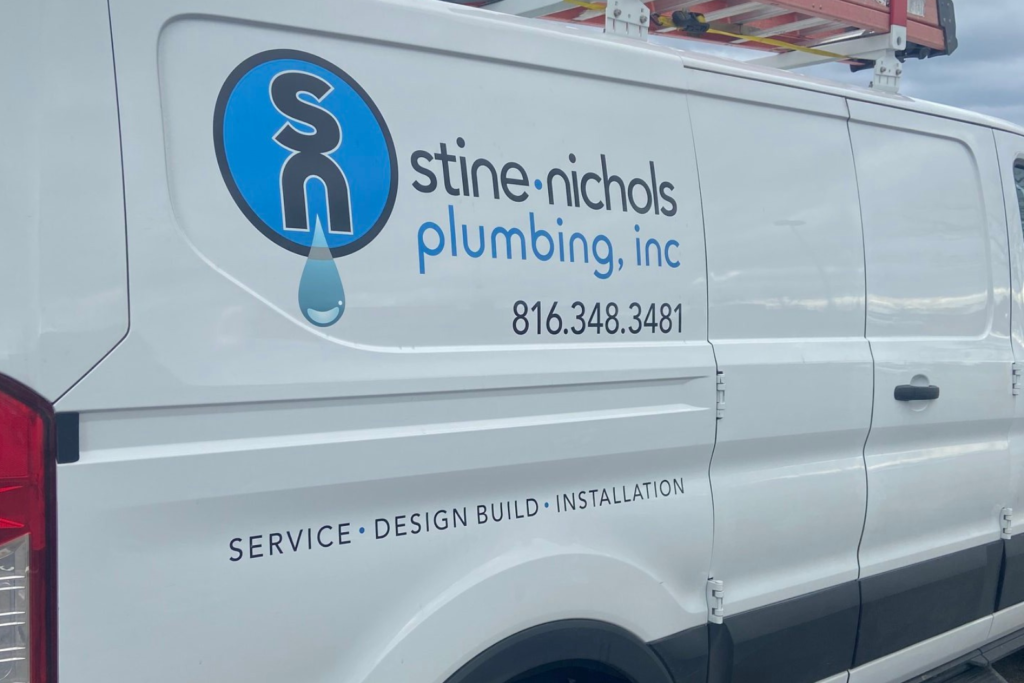Sewer lines are undoubtedly an important part of one’s plumbing system. I think everyone would likely agree with that statement! Being buried underground though, it’s easy to forget about it too (unless something were to go wrong, that is!). As a plumbing company, sewer lines are certainly in our day-to-day vocabulary. Whether it be repairing failed sewer lines, utilizing a camera to find where an issue resides or anything else, we deal with them quite often!
For those familiar with our plumbing blog, you likely know that we like to provide content centered around the many different aspects of one’s plumbing system. And trust us, there are no shortage of topics to discuss when it comes to plumbing. From advice on picking out new faucets to tips for troubleshooting various plumbing problems around the house, you can find a variety of blog posts. To check out our past blog posts, feel free to click the link HERE.
As we highlighted in the opening paragraph, your sewer line is an essential part of your plumbing system and as such, you want to keep it working properly at all times. In regards to sewer lines, there are a number of details that every homeowner should familiarize themselves with. And one of these sewer line details is the value of a sewer cleanout. Throughout this week’s blog post, we’ll discuss what exactly a sewer cleanout is and why they are so important. Let’s dive right in!
What is a sewer cleanout and where is it located?
Does your home have a sewer cleanout? Do you know where the sewer cleanout is located? After reading this week’s blog post, you should have a much better understanding of the sewer cleanout’s purpose and location. We’ll kick things off by briefly discussing what a sewer cleanout is and what it looks like. From ground level, you’ll be able to spot a cleanout by a little bit of pipe sticking up with a cap on it. This sewer cleanout provides plumbing professionals with easy access to your sewer line, in the event that things were to get clogged up and you needed it to be cleaned out. Not to mention, the sewer cleanout also provides access if you needed to have an inspection camera run to see where the issues reside.
Now that you know what a sewer cleanout looks like and the purpose it serves, the next question becomes where it is located. I will preface this point by stating that not every single home has a cleanout, so if you don’t see one at your residence, remember that there is the possibility of there not even being one. Nonetheless, if you have one, you’ve likely come across it at one time or another. Sewer cleanouts are generally located outside of the house, fairly close to the home’s exterior. By using the sewer cleanout description above, you should be able to spot it easily!
What causes sewer lines to fail?
Thus far in this blog post, we’ve discussed the basics of a sewer cleanout. The primary purpose of this essential plumbing component is the fact that they provide easy access to the home’s sewer line leading to the city. This will make it much easier to troubleshoot and resolve any issues that may arise. So…now that we’ve discussed that, you may be wondering what causes a sewer line to fail in the first place. After all, you would probably be experiencing some type of issue if you were looking for a plumber to access your sewer line through the cleanout, right? That is, unless you were looking to simply confirm that everything looks good in the line, such as you might do prior to purchasing a home!
When it comes to sewer lines, they can fail or experience issues for a number of reasons. Here are a few of the more common ones:
Tree Root Infiltration – One thing that can gradually cause issues for your sewer line are tree roots. Particularly in older homes with bigger trees, you can find the roots wreaking havoc on your sewer line. How does this occur? When there is even the slightest of openings, tree roots can find their way in searching for a source of water. Once inside, they’ll slowly expand, thus causing pressure on the pipes, as well as a blockage.
Old Age of Pipes – As we often say about various other plumbing components, nothing is built to last forever. Due to the wear and tear that each of these pieces receive (usually on a daily basis), you’ll find yourself making repairs and replacements throughout your time as a homeowner. Having said that, another cause of sewer line issues is simply a result of the age of the pipes or even the material they’re made out of. Which material is best for sewer lines? Nowadays, you’ll see PVC widely used, but that wasn’t always the case. Clay tile and cast iron are two examples of pipes that were once very popular. Each of these two (clay tile and cast iron) have their own disadvantages!
Other Causes – In addition to the items listed above, what else might cause a sewer line to fail? Truth be told, there are a number of potential causes. The ground settling can lead to issues with the sewer line. How about the original installation? If the sewer line wasn’t installed correctly in the first place, issues could arise over time. If you’re consistently putting things down the drain that shouldn’t be (like grease), blockages will most likely form over time. All in all, you can’t always pin-point one specific cause of all sewer line troubles!
What is a sewer line inspection camera?
Thus far in this blog post, we’ve discussed the value of a sewer cleanout and the many different causes of sewer line troubles. That leads us into the final topic of discussion: sewer line inspection cameras. With a sewer line being located underground, it would likely be tough to tell whether or not an issue is present, right? Luckily, sewer line inspection cameras have made this much easier! This is one of many examples showing how technology has greatly impacted the plumbing industry. Essentially, sewer line inspection cameras provide plumbing professionals with the ability to get an inside look at what is going on inside your sewer line. This will help figure out what is causing the issue and then be able to locate where the problem actually is. Both valuable pieces of information!
Before we wrap up this week’s blog post, I did want to mention one added advantage of sewer line inspection cameras. If you’re planning on purchasing a home, it wouldn’t hurt to have a sewer line camera inspection completed. At the very least, it will give you the peace of mind that everything is in working order and you won’t have to worry about any major sewer line issues popping up in the near future.
To tie everything together, if you have a sewer cleanout (which we discussed above), you can run the camera through that!
Need Help With Your Sewer Line? Call Stine-Nichols Plumbing!
Being a plumbing company that offers residential, commercial and new construction services, our team certainly deals with sewer lines on a regular basis. As evidenced by this blog post, there can also be a variety of different sewer line projects out there. From replacing a significant portion of a sewer line to clearing a clogged sewer line or running the inspection camera through, we have you covered on all things related to your sewer line.
To speak with a member of our team and/or schedule a service call, feel free to give us a call at (816) 348-3481 or fill out the form HERE.


